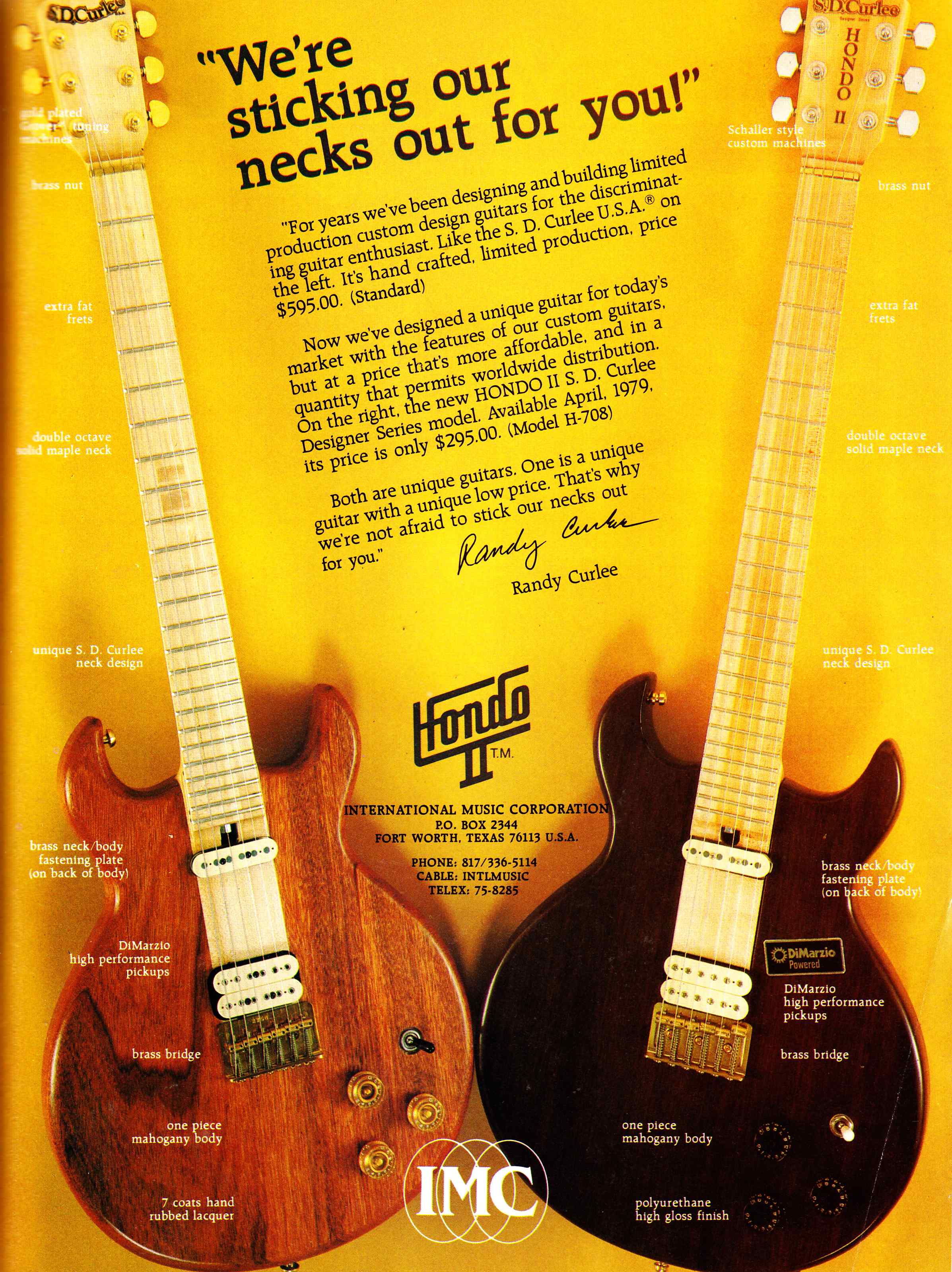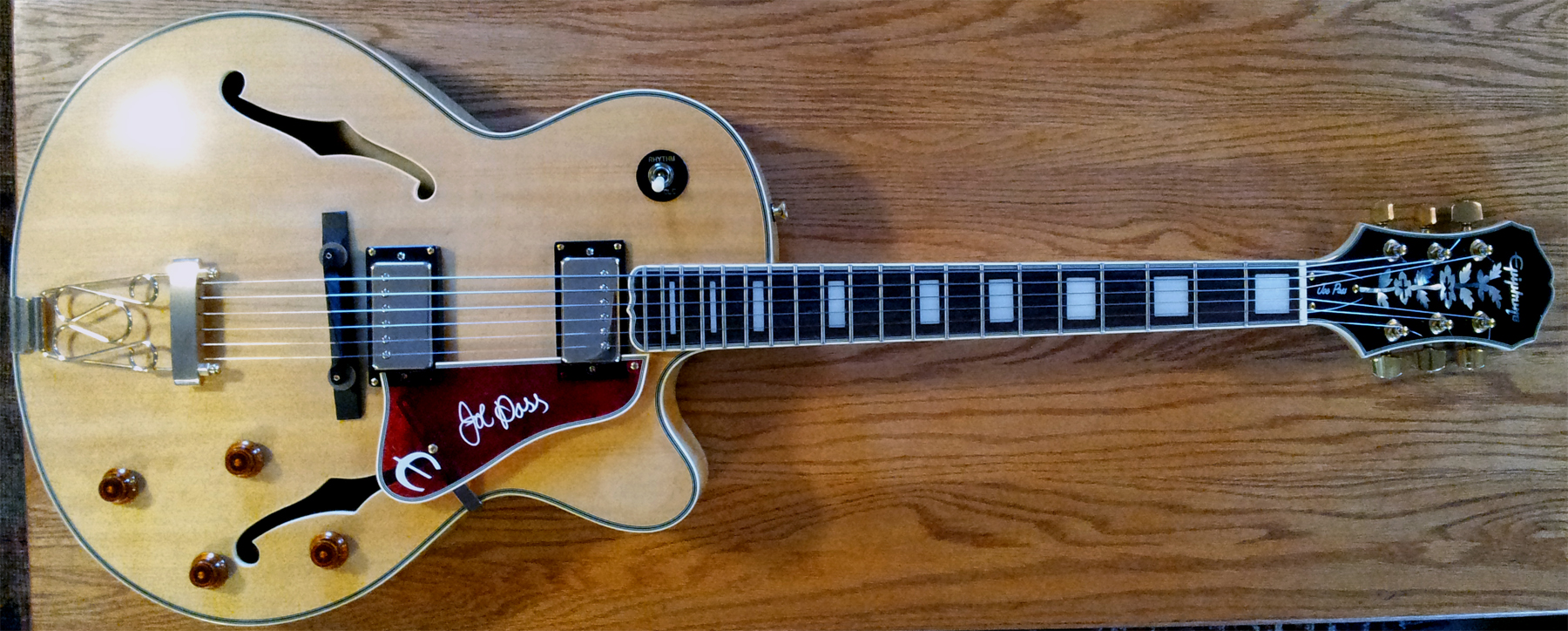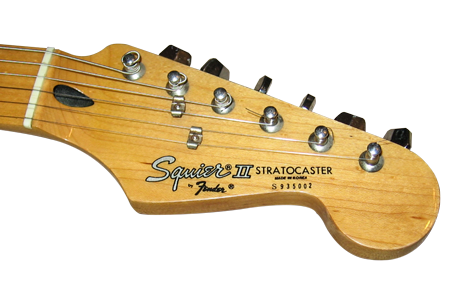 |
| 1960's Samick bass |
You may be playing an instrument made by the Samick factory and do not know it. With a manufacturing capability of more than one million guitars per year in factories in Korea, Indonesia, China, and the United States, Samick also ranks as the world's leading stringed instrument producer.
The company sells its guitars under its own brand names, including Samick, Abilene, Silvertone, and the Greg Bennett Signature Series.
Samick has manufactured guitars for many other companies, including Fender and Gibson.
Additionally, this manufacturer produces a full range of pianos, electric and acoustic guitars, basses, banjos, autoharps, harmonicas, and other instruments. It also operates a dedicated Upright Piano and Piano Action plant, as well as its own sawmill and woodworking facility in Korea, a smaller factory in California, and a plant in Harbin, China that produces wooden guitar and piano parts.
 |
| Samick Founders |
In 1965, during the Folk Music years and the British Invasion years, when every kid wanted a guitar, Samick began production of acoustic guitars for the Korean market as well as for export to fulfill the demand for cheap Asian-made guitars that overwhelmed the market during this decade.
Samicks goal was toward a higher quality market. The company continued to improve its piano manufacturing techniques, and in 1970 its production abilities had developed sufficiently for it to launch its first grand pianos.
 |
| Hondo Guitar |
 |
| Hondo II SD Curlee |
In 1971 Samick introduced a line of harmonicas.
And in 1973 Samick was diversified in its production and changed its name to the Samick Musical Instruments Mfg. Co. Samick’s thrust was the export market, especially the United States. To facilitate this, a branch office was opened in 1978 in Los Angeles California.
The lower production costs of Korean-manufactured instrument made them attractive to entry level buyers. This was especially true in the piano market since costs of US made pianos had escalated. In fact in 1979, Samick was building the Schumann piano brand for US households. During these years, the Korean musical instrument industry had caught up to its primary competition, Japan, and due to lower construction cost had surpassed them.
In 1979 Samick had developed new automated production facilities that reduced the need for skilled employees and increased production with the benefit of maintaining quality standards.
By 1982 Samick opened a branch office in Germany to introduce their brand to the European market. That same year they established a full U.S. subsidiary known as Samick Music Corporation. In 1988 Samick went public, listing shares on the Seoul stock exchange.
That same year they purchased the Kohler and Campbell piano brand. The company had claimed the number one spot for grand piano sales by the end of 1995.
Faced with economic issues in Korea and most of Asia, in 1996 the company filed for bankruptcy protection.
The company had become too diversified with investments in furniture, computers, industrial equipment and the fishing industry; they were unable to make a profit and had a debt of nearly $10 million.
With the launch of a new line of high-end Knabe-branded pianos, Samick was prepared to claim a place among the world's leading quality piano makers in the new century.
Since the days of “lawsuit” guitars, Gibson and Fender both made the decision, if you can beat ‘em, join ‘em. Both companies have outsourced manufacturing of their “shadow” brands; Epiphone and Squier, to Asian manufacturers. It is difficult to determine where these brands originated. But it is a good guess that many of the superior, high-end guitars from were made by Samick in accordance with Gibson or Fender standards of quality.
The Squier brand was developed in 1982 and early on all production was based in Japan. The first Squier guitars to emerge from Korea started as early as 1986. You can determine if your Squier was made by Samick was through its serial number that began with an “S” or “S9” followed by six digits. Samick began production of Squiers in 1989.
 |
| M-72 |
In the 1990’s Fender had acquired the DeArmond brand name. Initially this brand was introduced in Europe. In the late 1990’s, Fender offered DeArmond guitars for sale in the United States.
 |
| DeArmond Starfire |
They are excellent quality instruments that come with reproductions of DeArmond 2K or Goldtone pickups.
Your DeArmond will have a sticker on the back of the head stock noting if it was made in Korea or Indonesia. In 1983 Epiphones were mainly manufactured in Korea.
By 1986 Gibson Guitars was acquired by Harvard MBAs, Henry Juszkiewicz, David Berryman and Gary Zebrowski, bought Gibson/Epiphone from ECL/Norlin. The new owners recognized the importance of the Epiphone brand and how the company could be pushed to match the success of other Asian guitar brands.
 |
| Samick built Epiphone Joe Pass |
These Epiphone guitars were constructed using different woods, for example Nato instead of Mahogany. Bodies were fastened with epoxies instead of wood-glue. Finishes tended to be polyester resin instead of nitro-cellulose lacquer. Some parts are made of plastic, such as nuts and bridge saddles instead of bone. Cheaper hardware and pickups were sometime used.
In 2002 Gibson moved all of its Epiphone production to Qingdoa, China.
One method of determining if your Epiphone guitar was made by Samick is its serial number. There may or may not be a factory code. There may be no factory designator for some models made in 1993 and earlier years.
Like Epiphones, Samick instruments generally start with an “S”. For example S3021234 is indicative of Samick-S-1993-3-February-02-unit 1234. If it begins with SI, that means it was made by Samick in there Indonesian plant.
Currently Samick produces Greg Bennett Design guitars, Silvertone Guitars, San Mateo Guitars (a budget brand) and Stony River Guitars (also a budget brand).
















Tidak ada komentar:
Posting Komentar